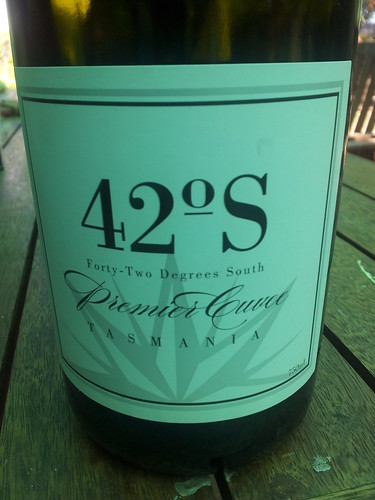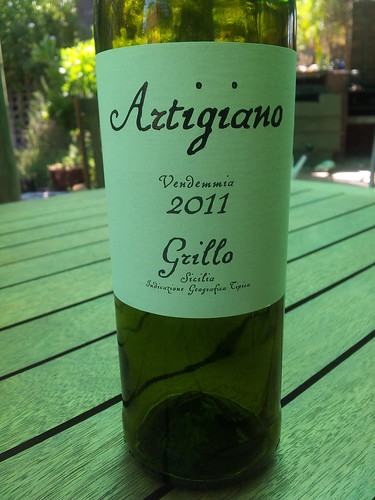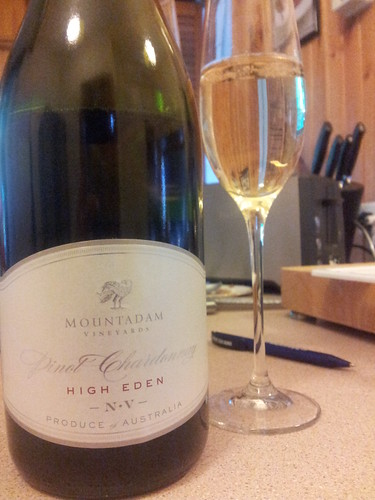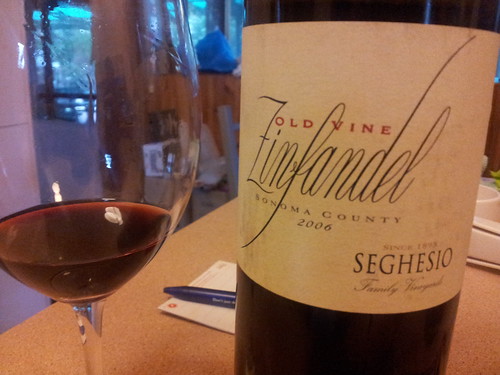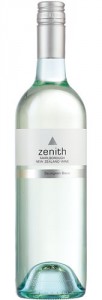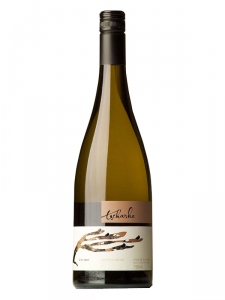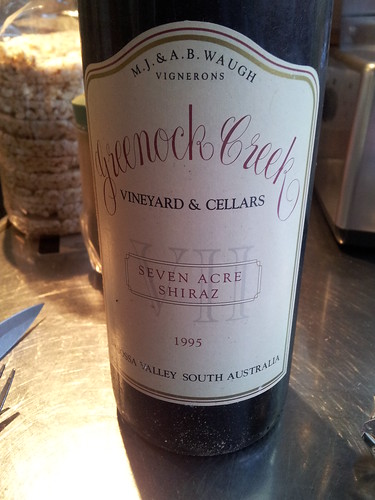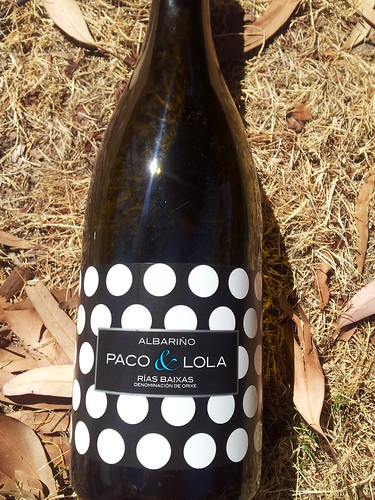
Proof, if you needed it, that it’s been hot in Adelaide and that I don’t water my lawn enough.
When I wrote about the Tscharke Savagnin I talked a little about Albariño and how we managed to get it slightly wrong here in Australia. It does rather make me wonder how much verification has gone on in Spain and Portugal to ensure that what’s being bottled as Albariño is actually Albariño. Having said that, I note that Wine Grapes (which lists it under its Portuguese name, Alvarinho) makes a similar observation …
Anyway, on the (very pretty) bottle we’re assured that this Paco & Lola offering is indeed Albariño from Rias Baixas, Galicia, north western Spain.
In the glass, it is a pale gold. The nose doesn’t leap from the glass but does show apple, pear and pear drops, with a very slight perfumed note, along with an elusive nutty character.
On the palate, citrus dominates the flavour profile but it does have a nutty, savoury twist to it, along with a hint of spice. Acidity and length are both pretty good, although the wine finishes slightly hot. The wine has a really lovely weight and mouthfeel but the line of acidity keeps it refreshing. I particularly enjoyed the play between these two aspects of the wine.
I really enjoyed drinking this wine and would definitely suggest looking at it if you are looking for something different without being too madly challenged by it. This is a very approachable wine and it won’t make you think too much or too hard.
This wine was purchased from East End Cellars for $28.
Closure: screw cap.
13.5% abv
